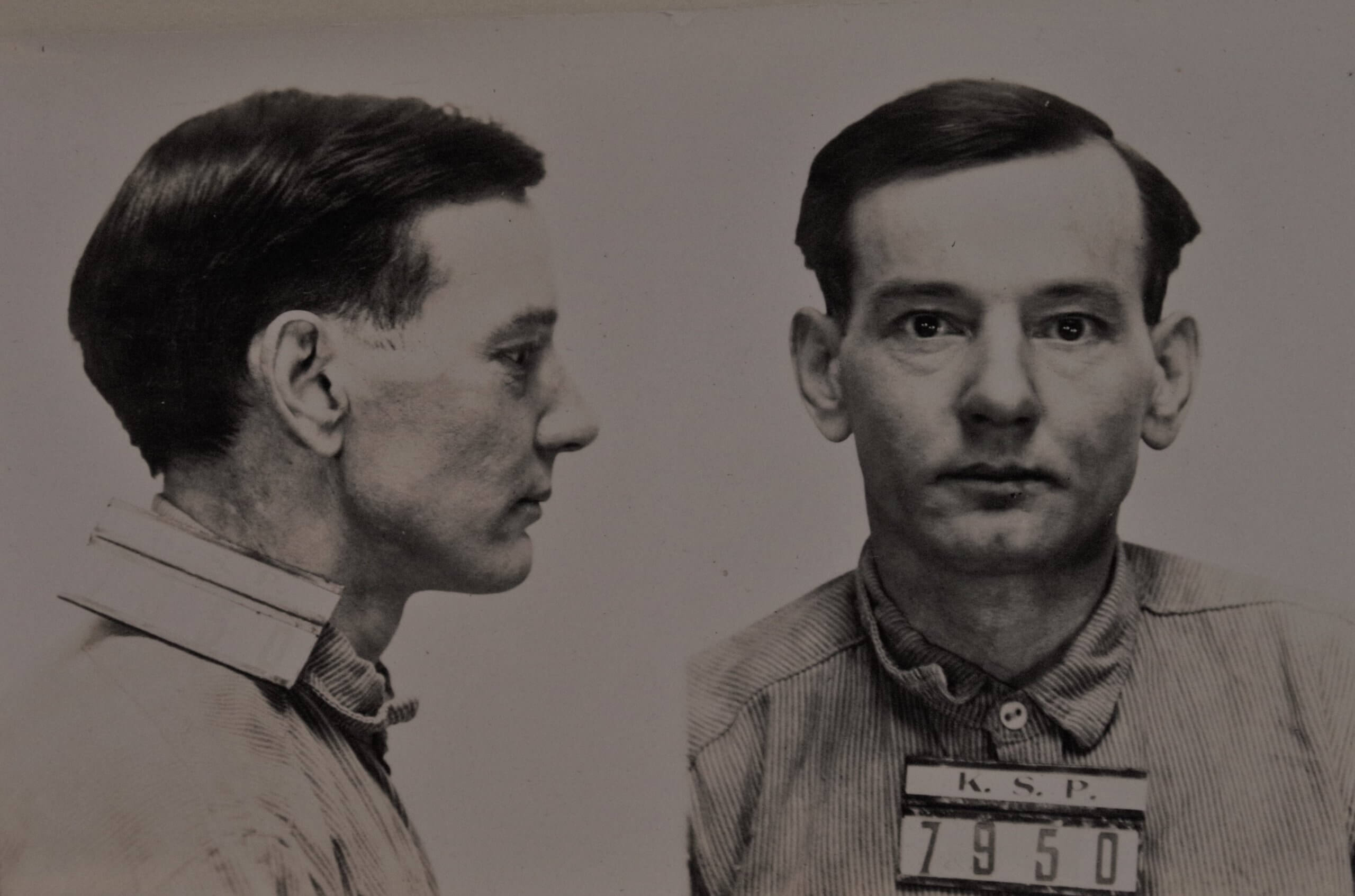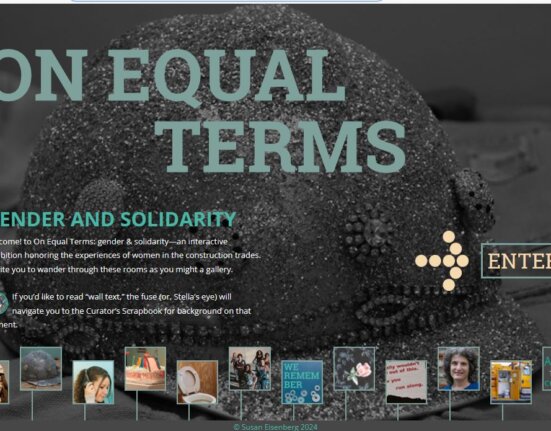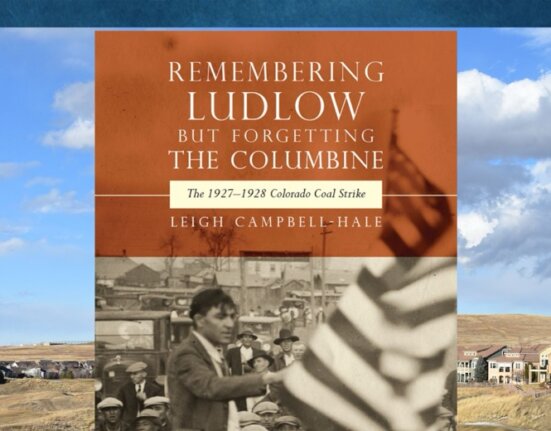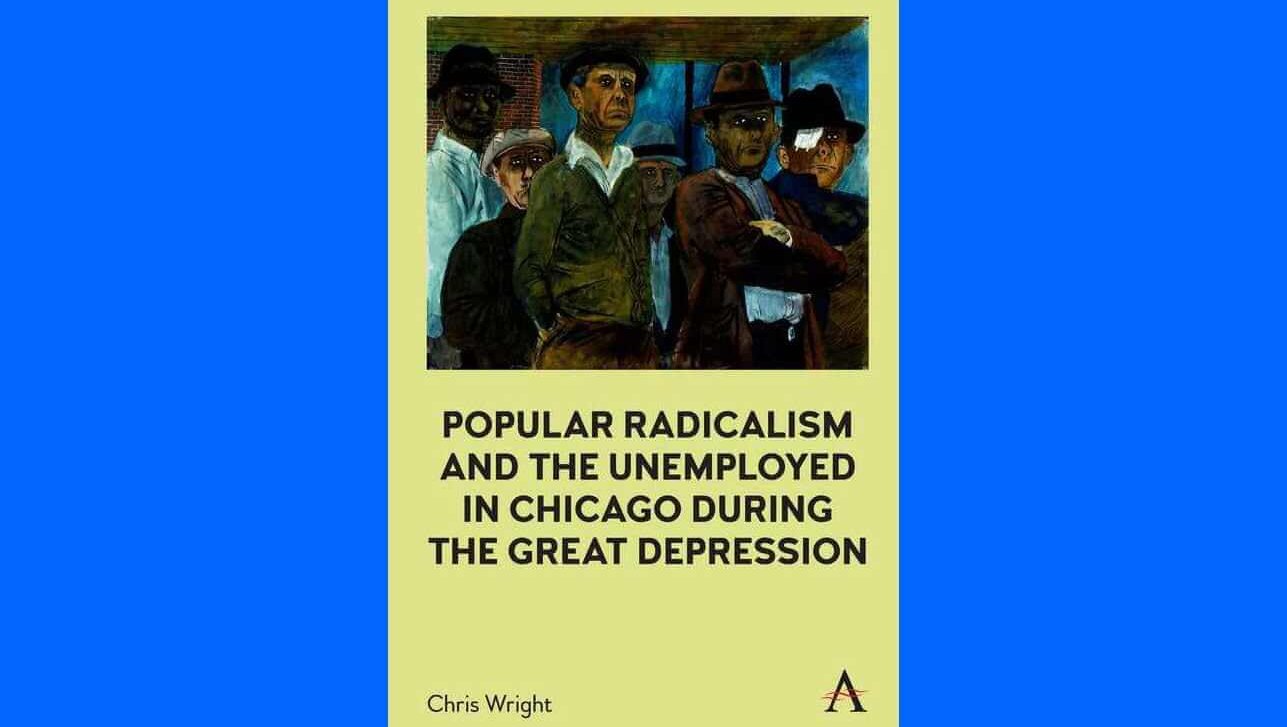One hundred years ago this November, a small army of federal agents, backed by police and vigilantes, launched the first of a series of incursions on radical groups that would come to be known as the Palmer Raids, after Attorney General A. Mitchell Palmer. The raids would net as many as 10,000 people, of whom several hundred were eventually deported or criminally prosecuted. And they were, for most historians, the defining event in the nation’s first great Red Scare.
The Red Scare was an intense upwelling of political repression that is usually understood to have begun either in 1917 or 1919, and to have lasted into 1920. Framed by exaggerated fears of Bolshevism, by a torrent of militarism and xenophobia unleashed by the war, and by a surge of labor and racial conflict that made the year after the Armistice the most tumultuous in America since the Civil War, the Red Scare certainly deserves to be remembered a century after it unfolded as an expression of American politics at its most frenzied and hysterical. But in recalling the Red Scare, it is also important to remember how much this episode of repression was also a methodical exercise in labor repression.
The Red Scare featured, and was itself part of, an effort to destroy the most important left-wing union in American history, the Industrial Workers of the World. Founded in 1905 as an alternative to the conservative and craft-oriented American Federation of Labor, the IWW struggled for years to find its footing as a radical industrial union. By 1917, though, it had emerged as a threat to important business interests, especially west of the Mississippi River, where it found success organizing workers in industries like lumber, agriculture, oil, and shipping. Although the IWW’s revolutionary goal of toppling capitalism with a peaceful but devastating general strike remained distant, the union’s organizing success made this seem plausible. In the meantime, it had improved conditions for hard-pressed workers at great costs to the interest and peace of mind of powerful industrialists.
In the spring and summer of 1917, these industrialists enlisted the support of both conservative and Progressive politicians to drive the IWW out of existence. At the center of this effort was the federal Espionage Act, enacted two months after America entered the First World War. Title I of this statute, which ostensibly barred interference with the war effort, was in fact conceived to criminalize radicalism. So were state and municipal “criminal syndicalism” laws, first enacted around the same time, and which criminalized both membership in the IWW and advocacy of the union’s principles.
“Wobblies,” as the union’s members were called, were the focus point of a campaign that saw about 1,000 people, including Socialists and pacifists, convicted of violating the Espionage Act. About 200 of the union’s members, including most of its leadership, where thrown in federal prison on this charge. Most were convicted in three show trials where they were falsely charged with conspiring among themselves and with agents of Imperial Germany to use strikes and sabotage to interfere with the war effort.
The largest of these trials was held in Chicago. Opening on April 1, 1918, it was presided over by future baseball commissioner, Judge Kennesaw Mountain Landis. When it ended that August, 101 defendants had been convicted of over 400 counts, constituting some 10,000 separate criminal acts. Plied with mountains of perjured and exaggerated evidence, the jury deliberated for less than an hour.
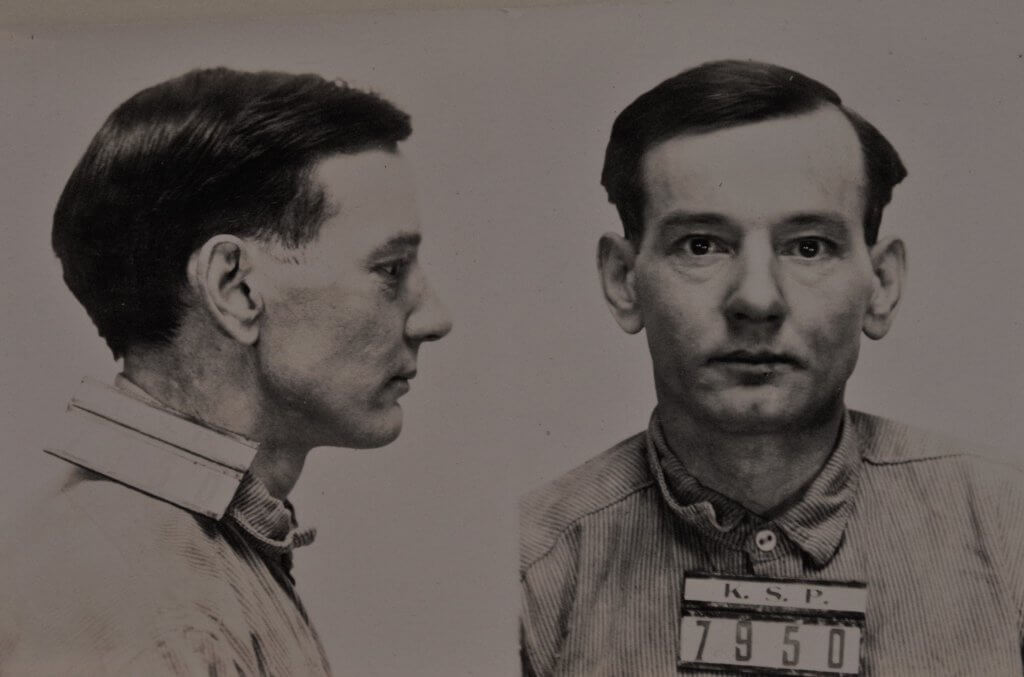
The conviction of Wobblies for criminal syndicalism proved just as easy. These statutes made it a crime to belong to an organization dedicated to using “sabotage,” “terrorism,” or other kinds of criminality in order to achieve “industrial” or “political” change. Because most Wobblies never denied their membership, all that prosecutors had to do was convince credulous jurors, who were selected for their antiradicalism, that the union was indeed such a criminal organization. It did not help that the union had earlier embraced the rhetoric (though not in any significant way the practice) of sabotage and that trial judges regularly admitted all manner of prejudicial evidence, including, in nearly every trial, the testimony of disreputable, paid witnesses who regaled jurors with preposterous accounts of union plots and intrigues.
These criminal syndicalism prosecutions began in 1917 and gathered momentum in 1919. But they continued for years after the Red Scare had ended, responding not to the logic of fear or hysteria, but to the relative strength of IWW activism. In states like California and Kansas, where the union remained quite active well into the 1920s, Wobblies were being arrested and convicted as late as 1923 and 1924.
Between 1917 and 1924, at least 1,000 Wobblies were arrested on felony criminal syndicalism charges and at least 400 were imprisoned. Hundreds of others had been jailed for violating misdemeanor criminal syndicalism laws that proliferated in western cities. It was not until 1928, almost five years after the last Wobblies in federal custody walked free, that prison officials in California and Kansas released the last criminal syndicalism defendants.
Aside from a handful whose lawyers successfully raised evidentiary or technical objections, these defendants had little success appealing their convictions. Conservative and Progressive jurists alike consistently upheld these laws and the convictions achieved with them as acceptable means of dealing with radicals. Never mind that it was in these very cases that the courts came to celebrate the First Amendment as a bulwark of free speech and freedom of association, jurists like Oliver Wendell Holmes and even Louis Brandeis routinely declared these defendants, who were never even alleged to have committed violent or seditious acts themselves, “clear and present dangers.”
These “class war prisoners,” as they called themselves, endured extraordinary hardships. About a dozen died in custody, the victims of horrendous jail and prison conditions and, in a few cases, suicide. Several defendants were driven insane. Hundreds were beaten, chained to the bars, and thrown in prison units with monikers like the “dungeon” or the “slaughterhouse,” often because they protested against the mistreatment of other Wobblies. Most were defiant at trial and remained so in captivity. Roughly half rejected offers of early release, either because they felt that doing so would somehow acknowledge that they had committed a crime, or, even more remarkably, because they refused to accept their freedom while other Wobblies remained behind bars.
By the mid-1920s, the IWW was essentially defunct, never to regain its past glory. This deluge of arrests and prosecutions was not the only factor in the union’s demise, but it was crucial in this regard. The enforcement of these laws disrupted union activities, diverted hundreds of thousands of dollars and untold effort from organizing to defense work, and confirmed with the public that the union was indeed a criminal organization. It also aggravated conflicts about organization, strategy, and the entreaties of the union’s Communist rivals that, by 1924, had resulted in a ruinous schism which confirmed the IWW’s downfall.
On a more basic level, this wave of repression did it work by deterring new recruits, driving thousands of members out of the union, and wearing down even the most resolute Wobblies. Upon his release after two years in California’s San Quentin, Nicholas Steelink, whose devotion to the union never wavered, nonetheless conceded that the lonely years behind bars had changed him. “I could not be the same IWW that I was before,” he recalled years later.
One does not have to believe the IWW could ever have succeeded in its revolutionary purpose to reckon its destruction a great loss. The union’s demise is one reason that, even today, radicals who have inherited from people like Steelink an uncompromising opposition to capitalism have trouble finding a home in the labor movement. This is especially true if they share with the Wobblies a great skepticism about the law and the state, and a sense of these institutions are of dubious value in workers’ struggles. On the other hand, if these unionists today should need any proof that their distrust is well placed, they can certainly find it in the Red Scare and the hostility to radical unionism that was at this episode’s very center.


